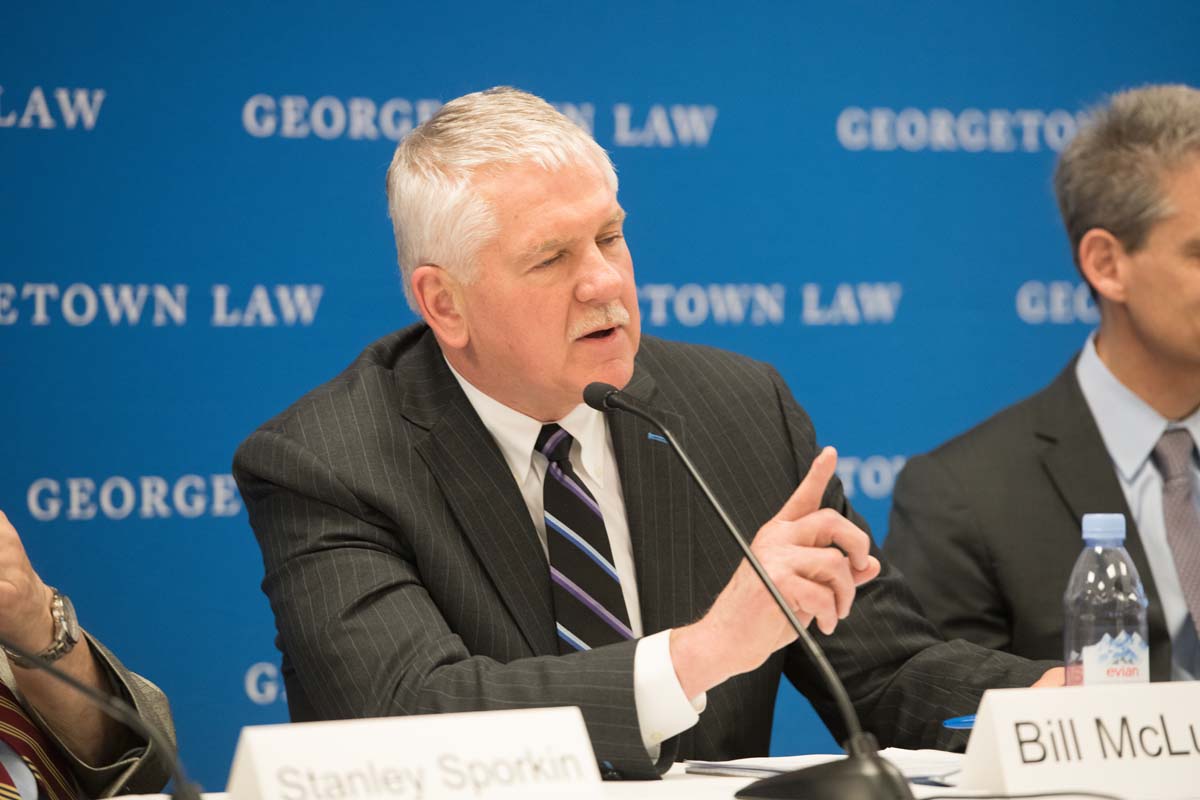

In the 1990s the Enforcement Division grappled with a range of issues, with no single one topping the agenda in the way that illegal payment did during the 1970s or insider trading did in the 1980s. Traditional issues such as accounting fraud persisted, while the Division also faced new problems, for instance widespread corruption in the municipal securities markets, and old problems given new form by technological changes, as when penny stock fraud migrated to the internet. Yet the perennial challenges that shaped enforcement – how best to deploy limited resources, whether enforcement should be more concerned with shaping future conduct or punishing past misdeeds – remained.

In 1989 Gary Lynch left the Commission and was succeeded by Bill McLucas, who would be the longest-serving Director of Enforcement, not being succeeded by Dick Walker until 1998. They would serve under three chairs, David Ruder (1987-1989), Richard Breeden (1989-1993), and Arthur Levitt (1993-2001). Soon after Breeden’s appointment the scope of insider trading would again become an issue with the case of James O’Hagan, a Minneapolis attorney who traded on information he learned from his law firm. Insider trading had of course been central in the 1980s, but that decade’s major cases rarely raised the question of how far the laws against insider trading reached, especially after the adoption of Rule 14e-3.

O’Hagan was a tougher case.(1) While he had traded on information misappropriated from his law firm, O’Hagan did so by buying options on shares of the target of a takeover attempt, while his firm represented the would-be acquirer. If neither O’Hagan nor his firm had a duty to the target firm, could trading on its securities, even with misappropriated information, violate Rule 10b-5? After the defeats in Dirks and Chiarella, and an equivocal Supreme Court decision in a case against Wall Street Journal reporter Foster Winans, it was unclear whether courts would stretch insider trading law to cover O’Hagan’s actions.
Breeden, though, was outraged by O’Hagan’s acts, and famously stated, in a private comment that soon went public, that he wanted O’Hagan left “naked, homeless, and without wheels.”(2) Despite the risks, the SEC pursued the case. McLucas later explained that “O’Hagan was a case where, in the broadest sense, the sentiment was ‘if this isn’t illegal, if we don’t pursue it, shame on us. If a court wants to say it’s legal, let a court do that and then the Congress can deal with it, but we’re not going to sit by and let this go by’.”(3) The SEC won at the Supreme Court in 1997, where the Court decisively upheld the “misappropriation theory” of insider trading.
(1) United States v O’Hagan, 521 US 642 (1997).
(2) Kevin G. Salwen and Laurie Cohen, Getting Tough: SEC Under Breeden Takes a Harder Line on Securities Crime, Wall St. J. May 10, 1990.
Bill McLucas served at the SEC for 21 years, the last 9 as director of the Division of Enforcement. He started as a staff attorney in 1977 and became branch chief under Stanley Sporkin. He then rose through the ranks in the Enforcement Division as assistant director, associate director, and became director of the Division in 1989. In his oral history interview, he discusses what it was like to serve under directors Sporkin and Fedders, and for five SEC Chairmen as division director, and how the SEC’s enforcement program evolved over his time at the SEC, and since his departure from the agency in 1998. Mr. McLucas was a founding trustee of the SEC Historical Society.